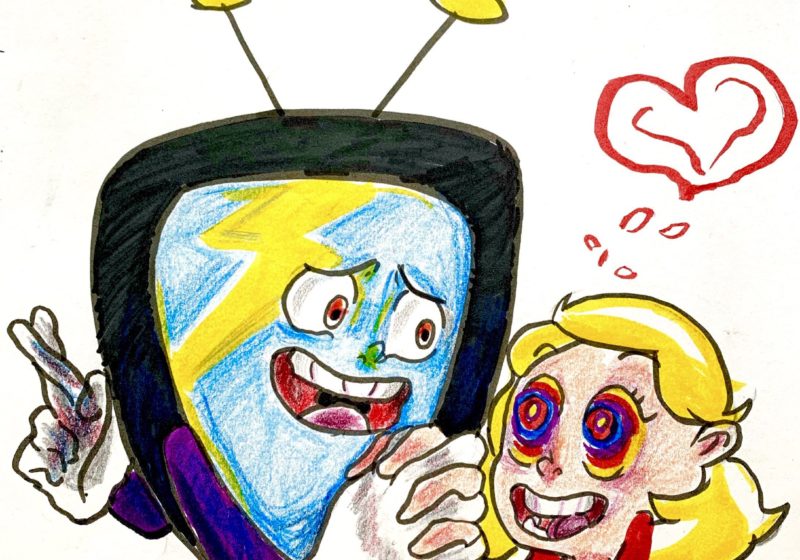Dear reader — I hope you got enough sun before Rochester plunges us into its 13-month-long winter. This summer, I was in desperate need of a new show to delve into — one with a lot of episodes and good reviews.
I settled on the Netflix animated series “Voltron: Legendary Defender,” from the same animation studio as one of my all-time favorite shows, “Avatar: the Last Airbender.” The sense of nostalgia it evoked was a point in favor towards watching the show.
“Voltron” was the first show in a while that I binged. When I started watching it, there were eight seasons available and I was greatly tempted to blow through them in one day. Needless to say, I liked the show.
I found myself regulating how many episodes I would watch in a single viewing because I wanted to make my enjoyment last. I noticed the more episodes I watched in one sitting, the less I appreciated them.
I was becoming desensitized to how good the show was due to the sheer volume of content I was consuming.
This experience raised a question in my mind ⎼ does the model of releasing one whole season at a time, instead of spacing the episodes out week by week, take something away from the viewer experience?
We have, in our young lifetimes, seen the growth of these types of releases. From the content we consumed at designated times with commercial breaks to our modern online streaming, we have enough experience with binge-style shows to compare them to the more “traditional” type of TV releases.
So, reader, let’s compare. With the season-at-once model, you eliminate the painful week-to-week wait, and instead decide how you consume it. I’ve been told gathering all your friends and marathoning a season together can be a unique and memorable experience.
Watching every episode of the newest season of “Queer Eye” and crying enough to fill approximately two buckets is something that could not be done before the new model. This model also gives skeptical viewers more wiggle room to test out whether they like a show or not. This creates a flexible environment where one bad episode is not enough to turn one off a show.
With the traditional release format, the worst part is the excruciating wait between episodes or hiatuses in the middle of the season. I think that the wait; however maddening, is actually good for business. The wait spurs conversation, debate, and media content all based around the episode of that week.
For instance, when the last season of “Game of Thrones” was airing, there was intense debate and discussion days after the episode aired. (The memes generated were supreme.) While not every show generates the grand fervor of “Game of Thrones,” the space between episodes for other shows offers the opportunity to do so, and that’s what’s important.
If we think about the concept of a “season,” it’s an almost hallowed time of year where new episodes are released and the collective audience can experience them together. Think of the excitement surrounding a season premiere or finale.
The season-at-a-time model does have some of this anticipation leading up to the release of the season; but after that, the viewer is on their own. Most people consume the media at their own pace, and most content generated around the show is about the season as a whole, not individual episodes.
The show’s impact is shorter, condensed around the weekend the show was released. Some shows have the good fortune of having very meme-able elements, like the Fabulous Five in “Queer Eye,” but the vast majority of Netflix shows are blips in the wind. Think of Netflix shows like “Master of None, Ozark,” “Sense8,” or “Jessica Jones” — all these shows got multiple seasons and good reviews from both critics and fans, but their lasting impressions after the two-week buzz the shows is nonexistent.
There’s no pacing, no tension — it’s immediate gratification at the expense of substantive impact. TV shows have a unique privilege in sharing stories to whole populations of people, and ideally those stories should actually be meaningful. They should become a part of our collective cultural consciousness instead of blipping away into oblivion.
Personally, I hope that the future of television isn’t a complete transition to the season-at-a-time model. Disney Plus has announced that their release schedule will be the traditional method, and although I have dubious thoughts about Disney Plus, I’m glad that a soon-to-be-prominent streaming service realizes the benefits of the old model.
For now, I’m gonna get back to watching “Voltron.” I have two seasons left, and reader, believe me that I’m gonna try to stretch the episodes out for as long as I can.

